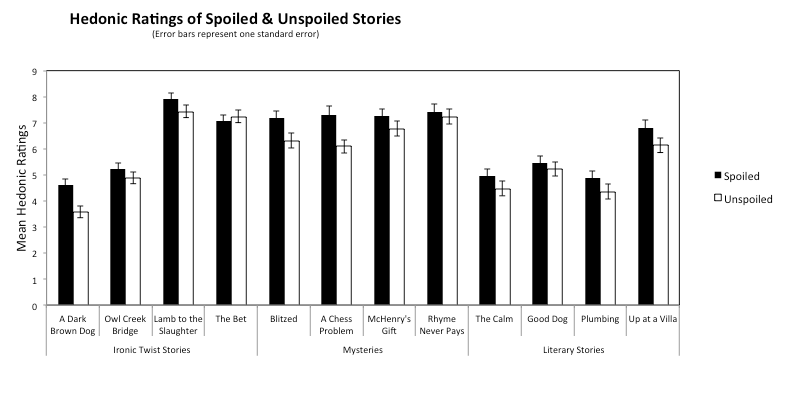 |
| Ubatuba, São Paulo, Brazil; 9 October 2014 © Almir Cândido de Almeida |
First, a little background on hummingbirds. They belong to the family Trochilidae and are closely related to swifts. Males are typically more colorful that females, having highly reflective feathers on their chest and heads. Perhaps these birds are best known for their unique flying. They are able to produce power with both the down- and up-beat of their wing flap, getting 75 percent of their lift from their wings’ downstroke and the remaining 25 percent from the upstroke. This allows for both increased agility and sustained hovering ability. They are the only birds that truly hover and fly backwards. They also move those wings really fast: 60 times per second! So it is little wonder that they have among the highest metabolic rate among vertebrate animals.
Hummingbirds are specialized and consume predominately nectar. To collect enough nectar to maintain that high metabolism, they forage many flowers each day. But not all flowers are created equally. Their sugar concentration can vary between 20-25 percent. In order to get the most sugar-bang for their hover-buck, hummingbirds must select and protect the richest food patches in their area. Three behavioral strategies have been observed for foraging:
1) Dominance/territoriality – a bird will defend its flowers
2) Intruder/subordinance – a bird sneaks into other patches until it is kicked out
3) Trapline foraging – repeatedly visiting a set of plants in different patches without being territorial.
Often, a bird will perch near a good food source and let others know that it is theirs. But defending a territory can be up to three times more energetically expensive, so those flowers need to be really good.
The researchers conducted their study in Itacolomi State Park in the city of Ouro Preto, Minas Gerais, southwestern Brazil, in the Atlantic forest remnant. They created four artificial food patches, each patch containing a single sugar-water solution concentration of 5, 15, 25, or 35 percent. They observed the birds (using binoculars) for 3 hour stretches in the early mornings and late afternoon, recording all behaviors during that time. They looked at the time spent in each food patch and the behaviors of the birds (feeding, alert, vocalizing, expelling, fighting, frightening, expel attempt) in each patch. In this way, they could identify the birds’ strategies.
They found that the most-visited feeders were those containing the highest concentration of sugar. Five of the seven species observed fed more on the 25-35 percent sucrose feeders. But there was a difference in the frequency of visitations for different species. The Brazilian ruby (Clytolaema rubricauda, pictured above), Scale-throated hermit (Phaethornis eurynome), and Phaethornis spp. visited the 35 percent feeder more often. And the Brazilian ruby won most of the aggressive encounters with other hummingbirds, both total and in individual patches. This species often stood alert and fought more often, and even “stood impassive” when faced down by the Violet-capped woodnymph (Thalurania glaucopis). I wonder if they looked down their long little beaks at the other birds with a f*ck off attitude? What a badass...hmm, or a bully. The Violet-capped woodnymph visited the 25 percent patch more often, the White-throated hummingbird (Leucochloris albicollis) and Versicoloured emerald (Amazilia versicolor) visited the 15 percent patch more often, and the Glittering-bellied emerald (Chlorostilbon lucidus) was the one that less frequently visited the food patches. Interestingly, the Phaetornithinae applied a hide-and-wait strategy, where they would be chased away by the territorial bird only to hide in the shrubs, remain quiet, and return to the feeder after the dominant bird left the area. Sneaky sneaky. The time spent feeding was found to be correlated with aggressive behaviors and also with body size. Big birds, big appetites, big aggression. The subordinate species chose resources depending on the presence or absence of the dominant species, preferring patches that were not guarded. This may be why they were seen in lower concentration sugar patches more often.
Those itty bitty birds can pack some serious aggression. I guess it isn’t really surprising after seeing all of the chasing that goes on around my feeder. Yackety Sax remains appropriate.
Lanna, L., de Azevedo, C., Claudino, R., Oliveira, R., & Antonini, Y. (2017). Feeding behavior by hummingbirds (Aves: Trochilidae) in artificial food patches in an Atlantic Forest remnant in southeastern Brazil Zoologia, 34, 1-9 DOI: 10.3897/zoologia.34.e13228
If you would like to put out your own hummingbird feeder, I recommend this kind because it is simple, inexpensive and does a great job.
The important part is the big red flowers with yellow centers. Hummingbirds really hone in on those color ques. Do NOT use honey in your feeder! And forget the red dye, if your feeder has red color on it then that is plenty to attract the hummingbirds.
Here is a nice and simple recipe to make your own hummingbird food:
¼ cup granulated sugar
2 cups water
Mix the ingredients in a small saucepan. Bring to a boil. Boil for a few minutes or until all of the sugar is dissolved. Let cool to room temperature. Whatever doesn’t fit in the feeder can be stored in the refrigerator.
Increase the recipe as needed, it's a 1:4 ratio of sugar:water
Change the solution in the feeder every 3 days, sooner if it is really hot outside. Make sure to rinse the feeder each time it is refilled. Scrub away any growths (fungi, etc.) as needed.
Brazilian Ruby picture via The Cornell Lab of Ornithology
Feeder image via World of Hummingbirds















